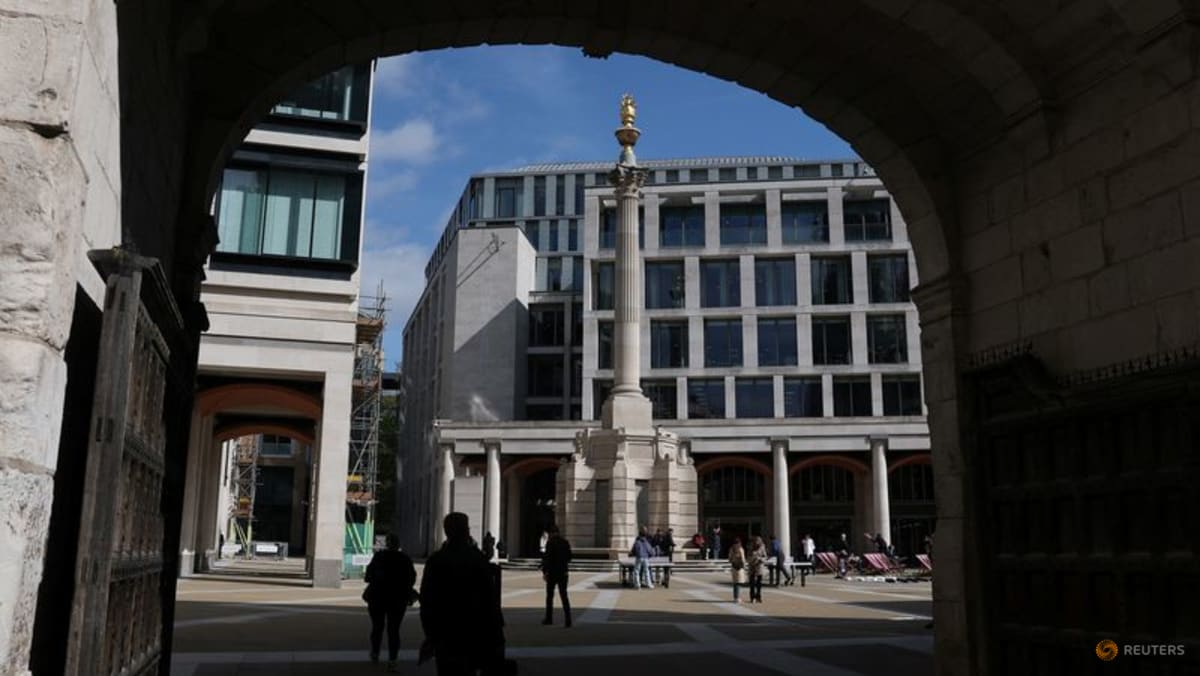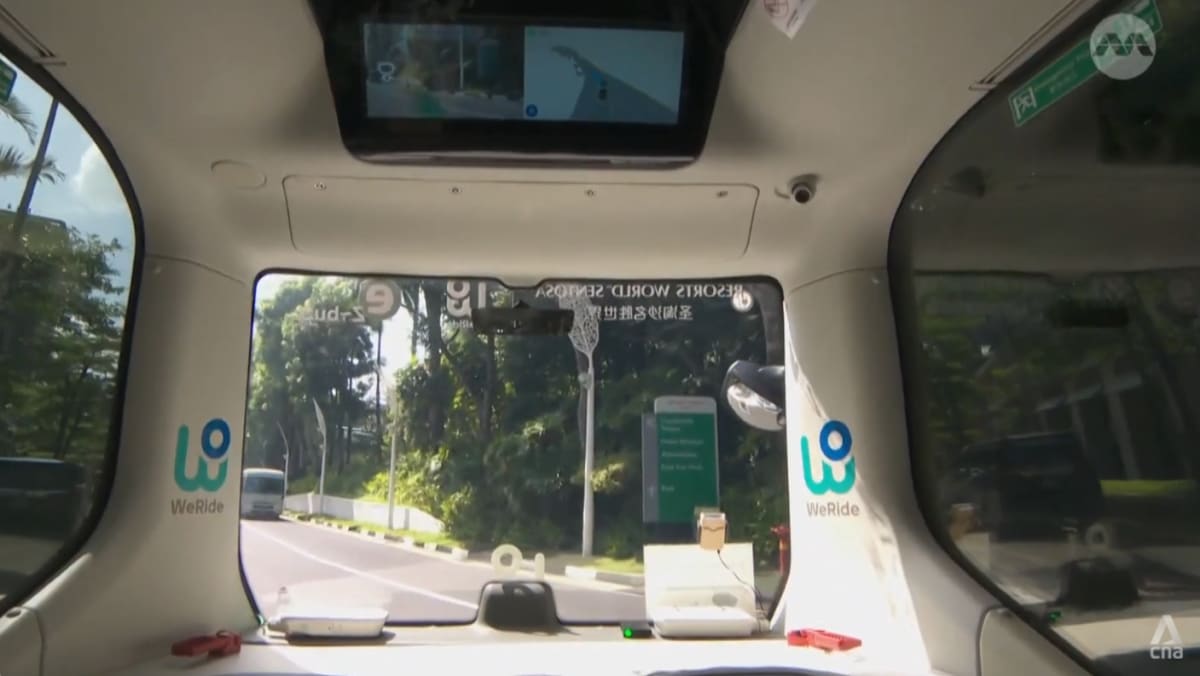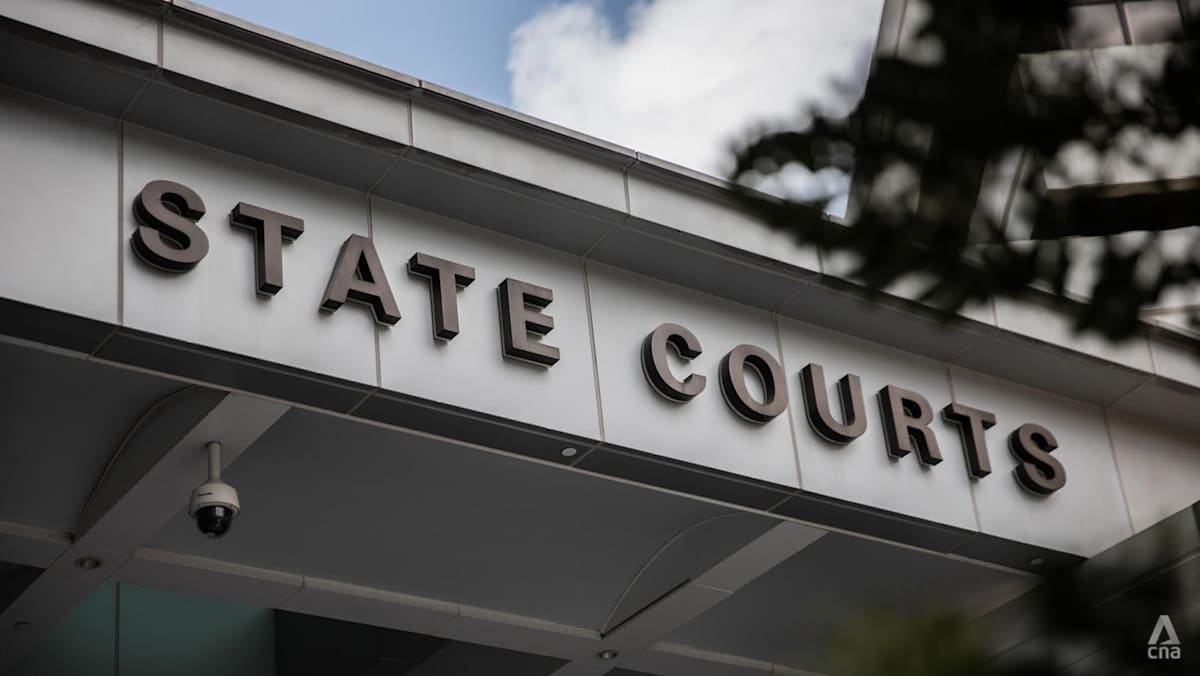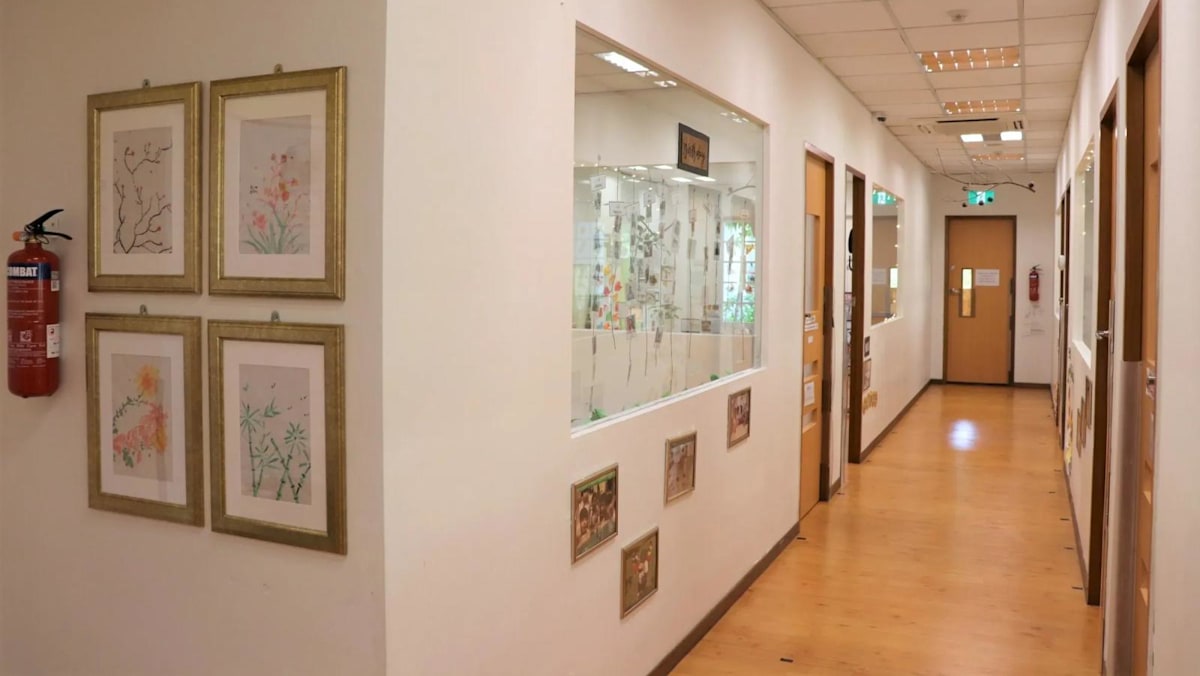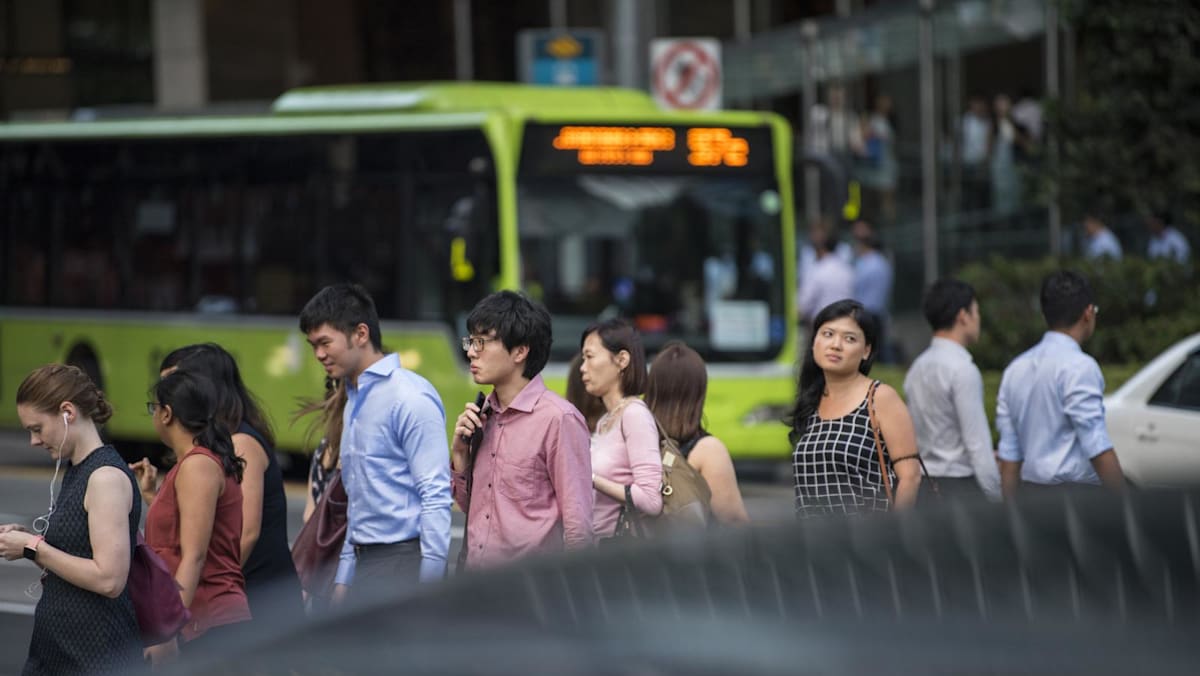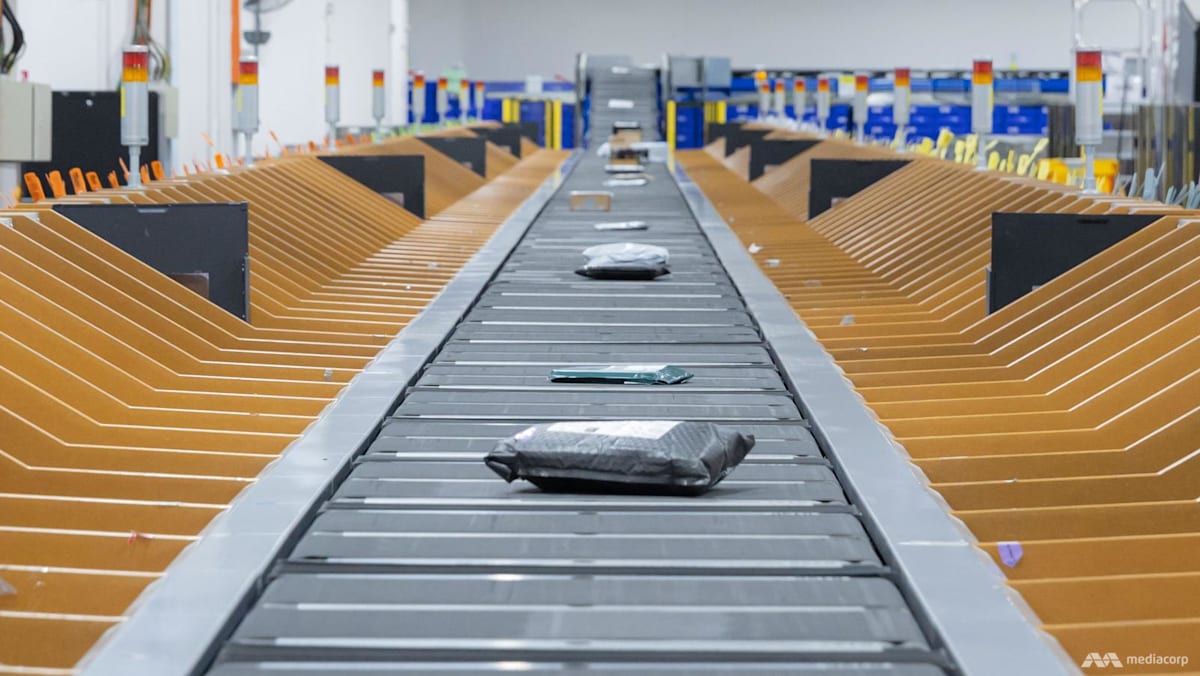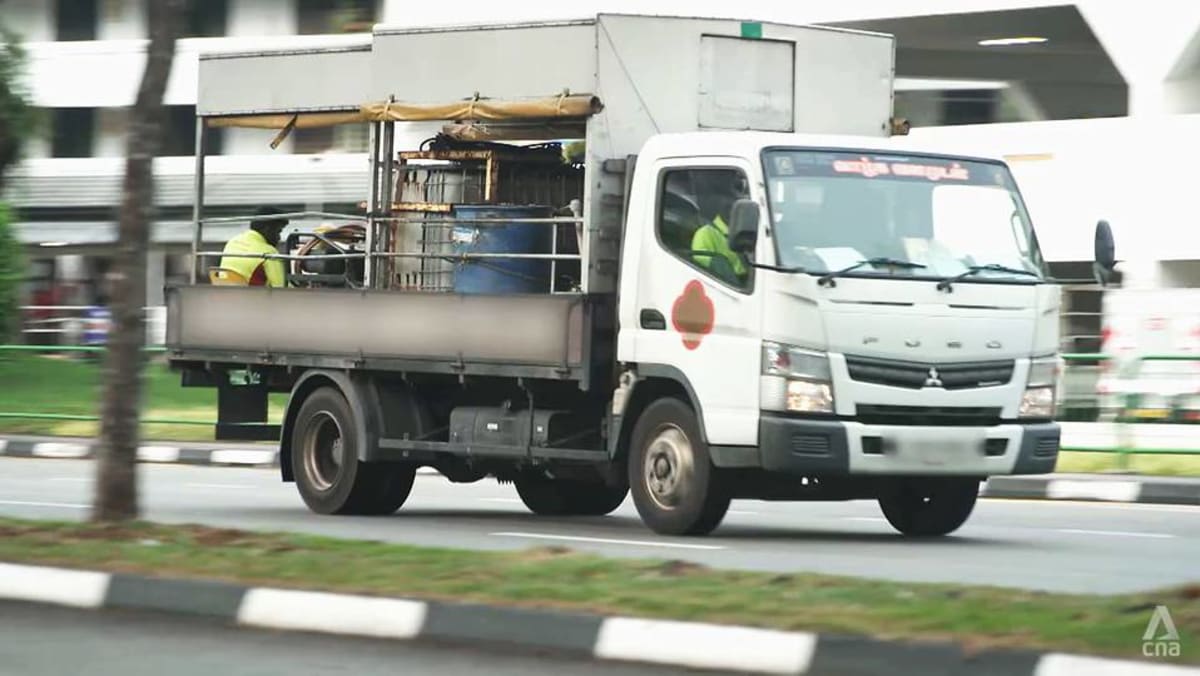Its driverless bus navigates using a combination of sensors and cameras.
The vehicle is equipped with LiDAR sensors – a 3D laser scanning technology capable of detecting objects up to 200m away with near-perfect accuracy.
Its onboard cameras classify these objects into motorcyclists, cars or humans within a 100m range.
Before any vehicle is approved for deployment, it must undergo several rounds of testing along a designated route with a safety operator on board, the company said.
Mr Sebastian Yee, director of business development at WeRide (Singapore), told CNA that with AV technology rapidly progressing worldwide, regulations and frameworks require reform to speed up adoption.
“With that, we can talk about how to commercialise it together with the site owner and transport service provider … once this (is) overcome, you will see that the whole entire adoption will be much faster and smoother,” he added.
Mr Yee said autonomous buses could help alleviate Singapore’s bus driver shortage.
He added that WeRide intends to offer more routes around Sentosa as well as Jurong Island in the future.
CHALLENGES IN TESTING
Another AV operator, Moovita, is also looking to expand and is calling for streamlined regulatory approvals — without compromising safety.
“We understand the rationale from the authorities in terms of testing. But … we are navigating around evolving standards and a lot of approval levels,” said Moovita’s vice president Ken Chan.
He added that currently, every vehicle needs to be tested and that will affect the timeline required for deployment.


